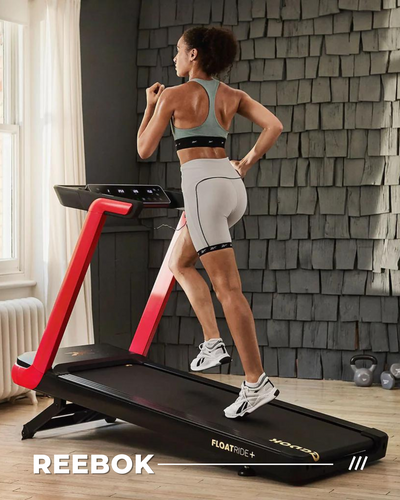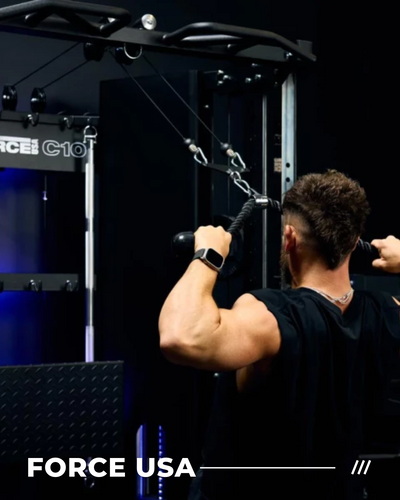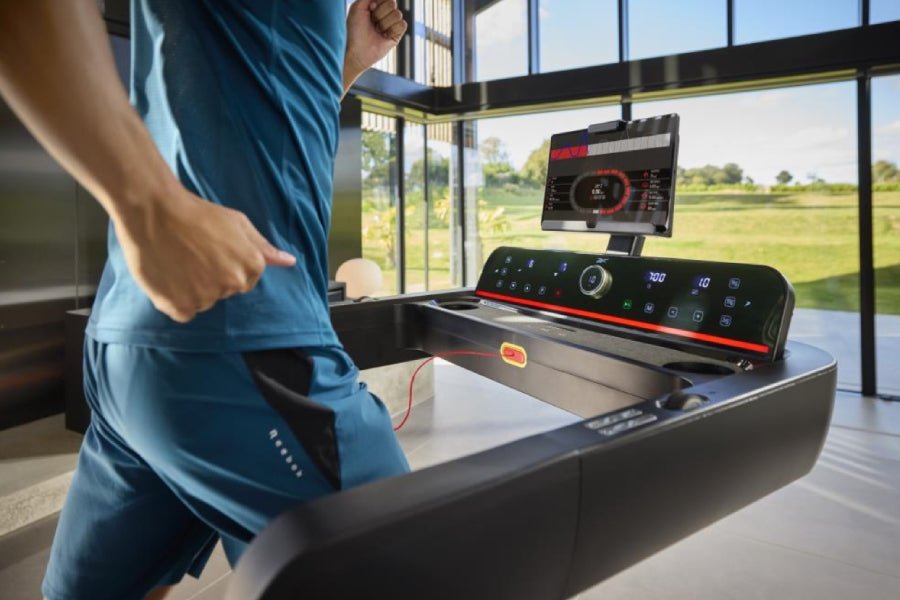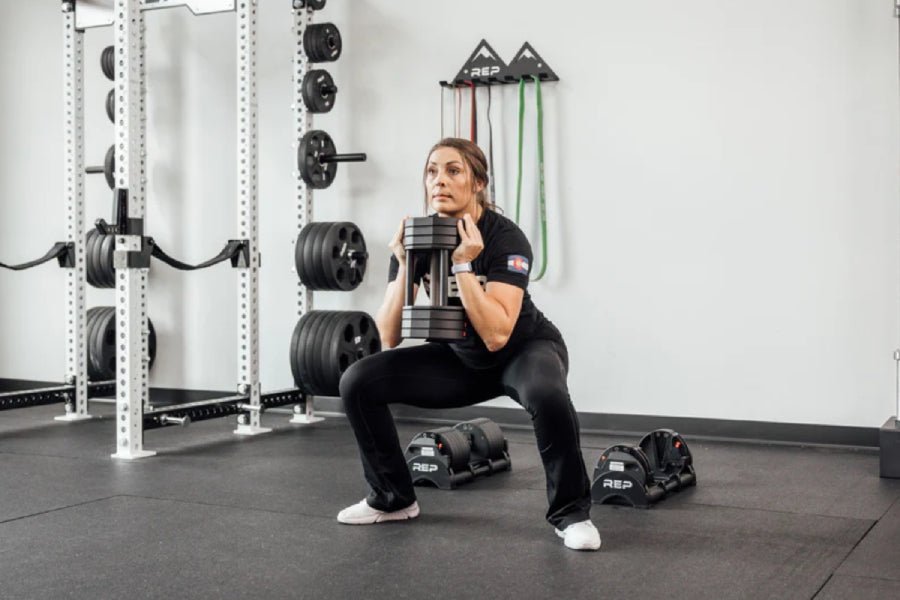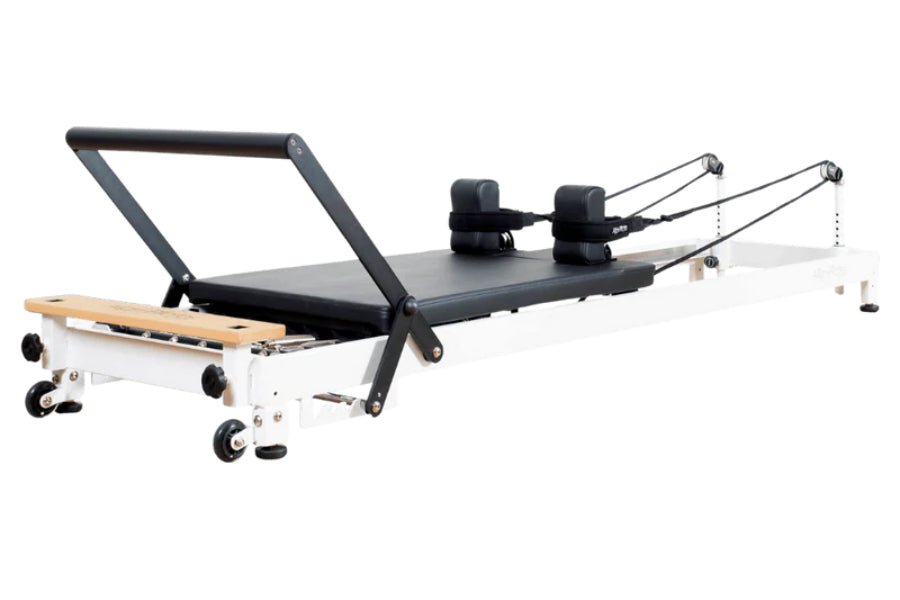What We Learned Deadlifting with Strongman Rob Kearney
GYMSPORTZ PTE LTD | 16 Aug 2024


Deadlifting advice courtesy of the world's strongest man, pound for pound.
Rob Kearney can pull 971 pounds. You could say he knows a thing or two about deadlifting.
Kearney is pound for pounds the world’s strongest man and known as the World’s Strongest Gay on Instagram. Earlier this month, this highly ranked pro Strongman spent some time at the REP HQ teaching a deadlifting class. He focused on conventional deadlifts, not sumo, since sumo is not allowed in Strongman competitions.
Here’s Kearney’s advice on how to learn to deadlift properly – or improve your technique if you already deadlift on your training.
Deadlifting Stance
Starting from the ground up, Kearney recommends putting your feet at hip or shoulder width, wherever you feel the strongest and more natural. Some coaches recommend jumping and picking a stance based on where your feet naturally land, but Kearney prefers a more strategic and intentional approach. Plus, an aligned stance is stable and balanced.
Hand Placement
When grabbing the barbell, Kearney says to place your hands just outside your knees – close enough that your thumbs could drag up your thighs.
Note: Looking around a gym, you can sometimes see who has a weightlifting background, because their grip tends to be a bit wider than that. A snatch-grip deadlift is a different exercise than a conventional deadlift; you can’t usually lift as much with a wider grip, and it requires a lower starting position. If training a Strongman-style deadlift, a snatch-grip DL may be more suited as an accessory. Bring your hands in a bit, so there’s a tighter line straight down from your shoulder joint, rather than at a wider angle.
A too-narrow grip can also be limiting.
Push, Don’t Pull

Although the deadlift is considered a “pull” exercise, when lifting the bar, don’t think about pulling the weight off the floor.
Instead, envision you are pushing it upward from your feet with your upper body locked into position.
Although the deadlift is considered a “pull” exercise, when lifting the bar, don’t think about pulling the weight off the floor. Instead, envision you are pushing it upward from your feet with your upper body locked into position. Think of it like a standing leg press. “This sets the spine in a better position and helps you keep your chest up,” Kearney says. Plus, initiating from your legs allows you to more fully use your glutes and spinal erectors.
Think of it like a standing leg press. “This sets the spine in a better position and helps you keep your chest up,” Kearney says.
Plus, initiating from your legs allows you to more fully use your glutes and spinal erectors.
Set Your Elbows
Especially when doing a double overhand grip, think about your elbow positioning and imagine you are bending the bar with your pinkies. Of course, you can’t really bend the bar. But this cue helps you engage the lats and retract and depress the scapula. It creates tension and tightness in the upper back, which can help you keep a neutral spine and flatter back. If you’re not sure what that feels like, practice on a piece of PVC pipe.
Upper body rigidity is the goal.
While a flatter back helps keep the lift safe and effective, Kearney says he’s not opposed to a slight rounding of the upper back during heavy pulls – if and only if the lats are engaged and it’s only the upper back, not the lower.
If you’re doing split grip (more common in powerlifting than Strongman), make sure you keep both elbows tight to the body, especially the underhand grip, to keep those lats on.
Think About Your Hips
The last big cue Kearney talked about is thinking about your hip position. The most powerful height for your hips is going to vary person to person – Kearney himself is a higher hip puller – but he encourages people to think about keeping your hips just above parallel or your hamstrings at parallel. Too low or too high can put certain muscles at a disadvantage, so you want to find that sweet spot where everything can work together.
The exact starting position can be affected by your leg and torso length, the size of the lifter (waist and legs), and your height.
Other Deadlifting Tips

The deadlift has many other layers to it, and even experienced lifters are constantly striving to improve technique. Remember to properly brace; start with the bar over your mid-foot (not too far out front) and keep it close to the body; and pull the slack out of the bar.
Strongman Deadlift Vs. Powerlifting Deadlift
The deadlift is different in Strongman competitions than in powerlifting meets. In Strongman, only conventional position is allowed. Strongman athletes can use straps and are allowed to hitch the bar up to lock out, whereas hitching is not permitted in powerlifting.
Strongman doesn’t have all the rules about technique that powerlifting has. It’s more about getting the bar up however possible.
In addition, Strongman athletes may perform multiple reps with heavy weight rather than one heavy single. Powerlifting is always one single lift at a time.

